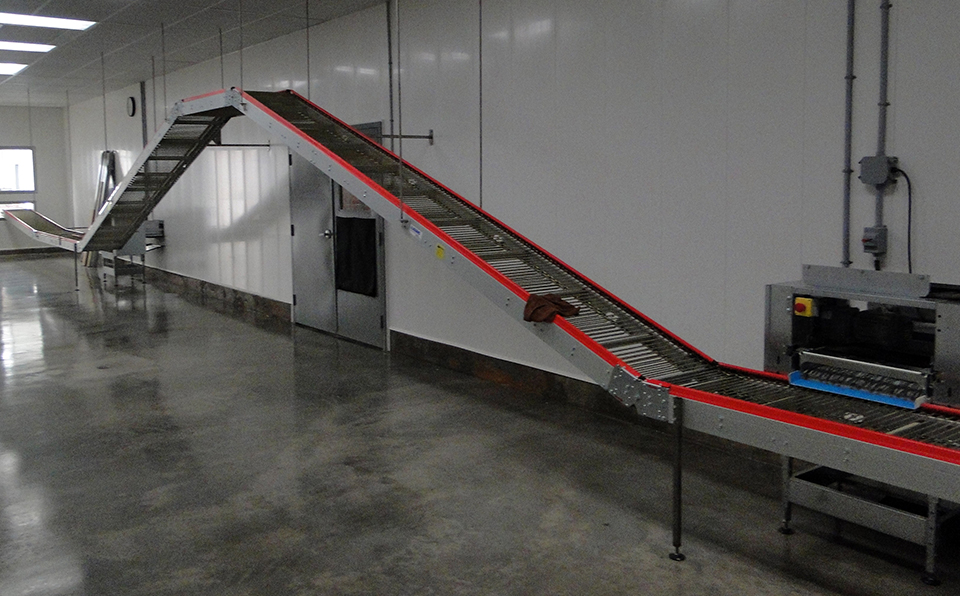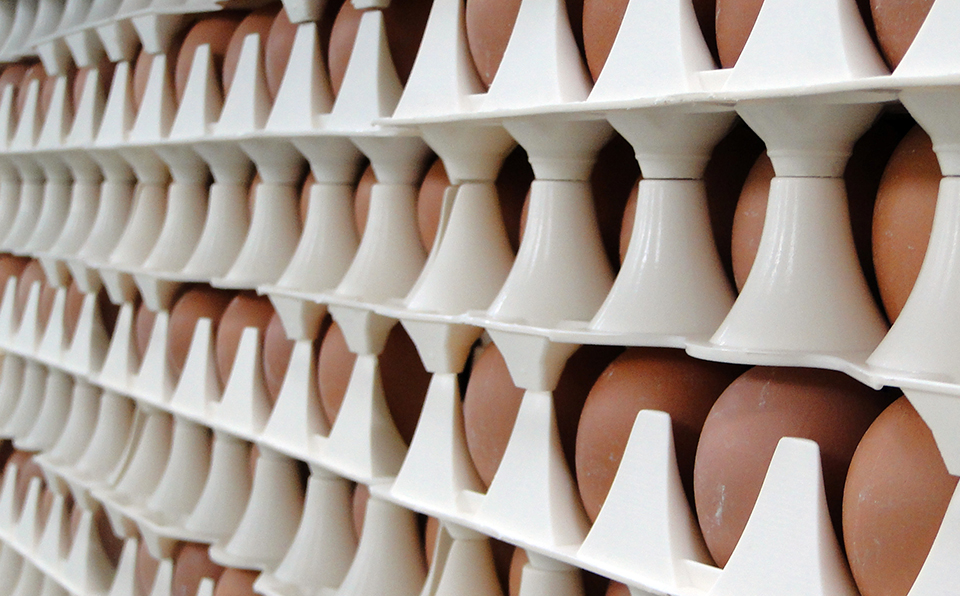
Catching up with Alberta’s net zero barn
By Egg Farmers of CanadaLast year, we told you the story of Alberta’s Brant Hutterite Colony and their leap of faith—an innovation that would transform the way they’ve farmed for over 100 years. This leap is the net zero barn project, a first attempt at creating a layer barn that produced no net greenhouse gas emissions. It will take an innovative combination of new technologies and new techniques. For project manager Darrel Mandel and the colony, this has become a passion project. “We’re feeling a lot of support,” he says. That includes the guiding hand of Egg Farmers of Alberta. We spoke to Egg Farmers of Alberta’s Jenna Griffin to get an update on how this idea is slowly transforming into reality.

It started with studies.
“The Southern Alberta Institute of Technology did some modelling for us—what might be feasible, what technology might work,” Jenna says. Another analysis found that feed composition is the number one GHG producer in egg farming; second is energy use in the barn.
Next came the choice of partner—and the Brant Hutterite Colony was a great choice. “We had many criteria for this project. For instance, the ability to track and monitor the data thoroughly,” says Jenna, “and we really wanted a farm that was willing to host farm tours.”
Just a crisp 30-minute drive from Calgary, the Brant Colony was perfect for this role. Interest in the project has sprung up across Canada and Egg Farmers of Alberta wanted to showcase their green technologies to other farmers.
At first, the Colony was a little apprehensive given that the project was a huge commitment. But Egg Farmers of Alberta has organized an eclectic and talented team to support the farmers. Alberta Agriculture provided a technical expert to consult with the Colony about technology—the driving force behind reducing GHG emissions, and funding was secured through Growing Forward 2. Jenna describes the net zero barn as a “whole industry effort”—everyone is committed to seeing the dream succeed.

What happens now is up in the air. Jenna says the big question is whether or not the modelling is going to be accurate, “hence why the data flow was so important.” The heat recovery ventilator in particular was a fascinating experiment. This technology reduces emissions by meeting inbound and outbound air as the current circulates, warming the inbound air via the hotter outbound air. This is not a common technology in Canada, Jenna notes, because of the vast temperature swings of our seasons—would the system work in winter? Actually, it worked great. It’s a promising sign that the net zero barn project is on track to be a success. Only time will tell.